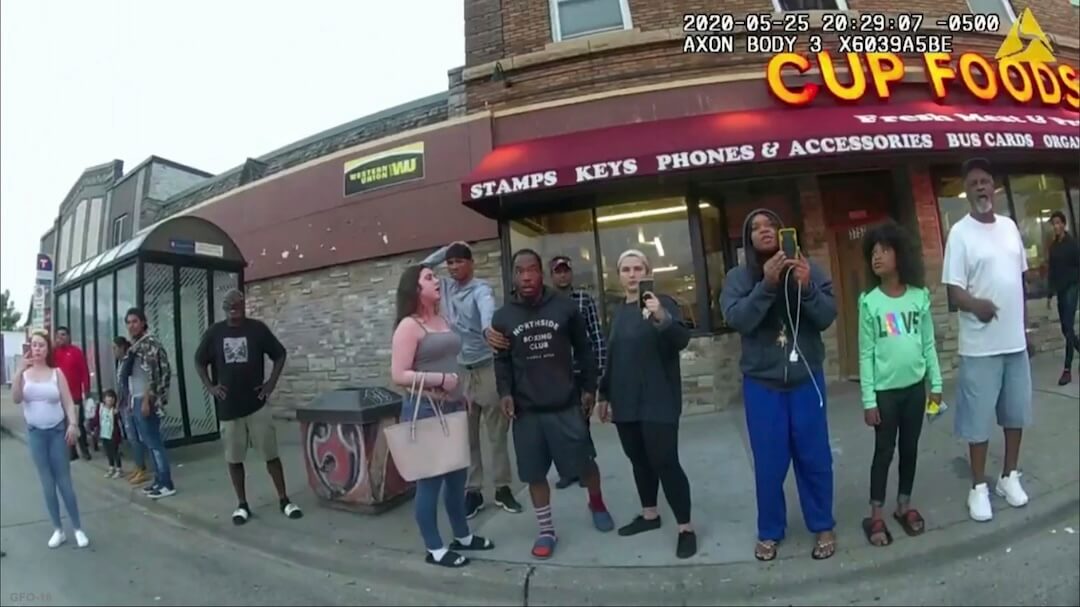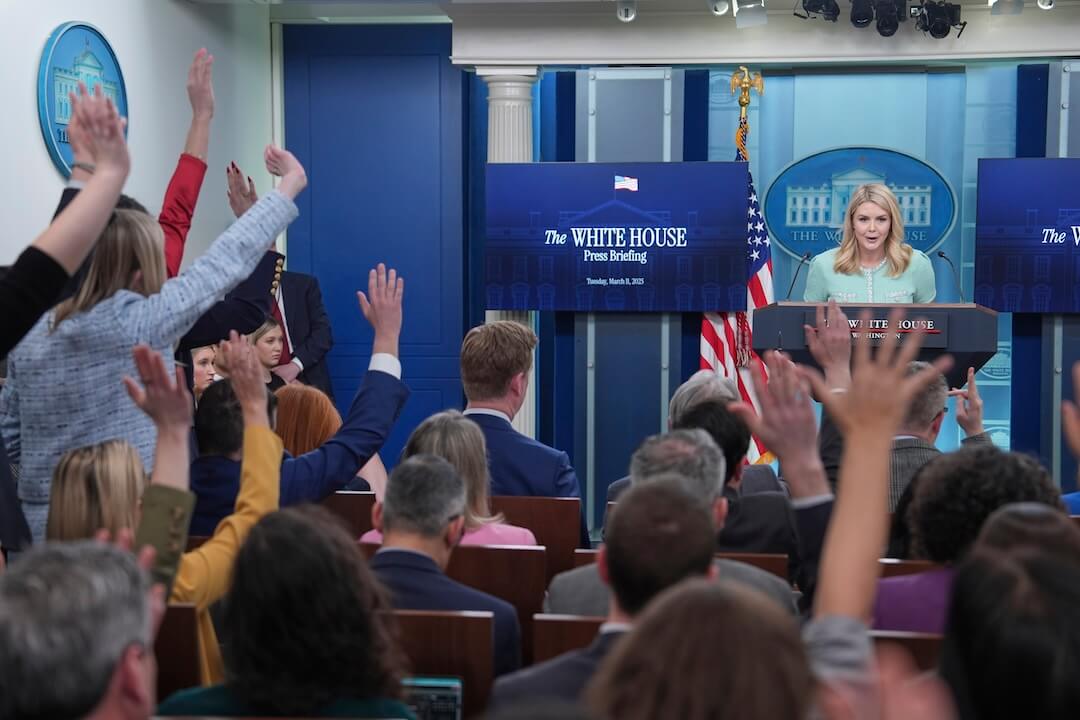In some ways, the Denver Post and Contra Costa Times’ cutbacks in copyediting, announced last month and now final, are a common story these days. Less common are the other changes they’re making in how they handle print stories.
The Denver Post is eliminating its copy desk and moving away from an assembly-line editing process. Instead, reporters and editors on each desk will take stories from reporting to publishing, online and in print.
The Contra Costa Times, which handles production for the Bay Area News Group’s 10 regional newspapers, including the San Jose Mercury News and the Oakland Tribune, is not eliminating its copy desk. But it is reducing the amount of copy editing for routine stories and moving deadlines up so stories are published earlier in the day.
The new approaches have more in common with Web publishing than the old systems. That brings some benefits, like publishing stories during the day when people are online and having a more flexible staff with a wider range of skills.
And it comes with drawbacks: a greater chance that errors will make it into print — without the ease of fixing them like you can online — and earlier deadlines that make it harder to get late news in the paper.
Finances, of course, are driving these changes, as they are with Digital First Media’s efforts to centralize production of non-local news pages and consolidate and outsource printing. (Does “Project Thunderdome” ring a bell?)
But a digital emphasis is driving the changes, too. “If the company is called Digital First, are you going to be willing to commit more resources to the digital side of things?” asked Jim Brady, editor-in-chief of Digital First, in a phone interview. “At some point it will have to come at the expense of people who are working on the print side.”
Brady said the papers are pulling back on copy editing so they don’t have to cut reporters and ad salespeople. “No question, you’re walking more of a tightrope when you do that … We can buy ourselves more security by keeping that layer, but at the same time we decided you don’t want to cut feet on the street.”
San Jose Mercury News Editor Dave Butler, who oversees Bay Area News Group, and Gregory Moore, editor of the Denver Post, said in separate phone interviews that they’ve finalized the cuts that they outlined in April.
The final numbers at Contra Costa:
- Five copy editors laid off
- Four transferred into vacant reporting positions
- Two resigned just before the cuts to take jobs elsewhere
- Up to 10 weekly part-time shifts eliminated
All told, 13 full-time equivalent positions were cut, Butler told me.
At the Post, no one with the title of copy editor will be employed at the paper after June 15. Of the 23 people on the copy desk:
- 11 are resigning with severance and an enhanced health care package.
- One copy editor is moving to a reporting position.
- Another is going to the design desk.
- The copy desk chief will become a production manager.
- The remaining nine former copy editors will become “assistant editors” assigned to desks (business, features, Metro, sports) throughout the newsroom.
Each of those desks will operate as “self-contained publishing units,” Moore said.
The process will vary, but for routine stories it will go something like this: A reporter will write a story and a suggested Web headline. An assigning editor will edit the story, check the headline and publish it on the website.
When designers arrive in the afternoon, they’ll lay out pages based on the budgeted lengths of stories and come up with headline specs. The reporter will revise the story if necessary, perhaps adding additional reporting. An editor will read the story again, and one of them will place it on the page. Sometimes reporters will edit one anothers’ work.
Moore said the Post already publishes a number of stories throughout the day, but it will publish more under the new system.
Under the old system, Moore said, a story often would be read six or seven times. Now it will be two or three, perhaps more if it’s a big, high-stakes story.
For this to work, staff will have to be trained on a variety of skills, such as writing headlines for print and the Web and, of course, copy editing.
“We have not given up on copy editing,” Moore said. “We’re going to still edit stories before publishing online or in print. And we’ve retained a lot of copyediting DNA” in the newsroom; some of those people will do the training.
When Brady was a sportswriter for The Washington Post, “I knew that if I didn’t have a word spelled right … I could punt and someone could catch it,” he said. “We’re not going back to the era of having that many touches on stories.”
Not only are tools readily available to check facts, titles and spelling, Brady said, but he believes reporters are more conscious of accuracy as they tweet and live-blog.
Still, he acknowledged that quality will suffer. “I doubt Dave or Greg will tell you they’ll have a better product after having fewer copy editors,” he said.
The changes at the Contra Costa Times are less radical. Stories will move from an assigning editor to an editor on the integrated copy/design desk, but each story will get one read on the copy desk, not two. That means the total number of reads will go from four to three. Some briefs may go up without copy editing; big stories will get more attention.
Butler said he’s making these changes as part of an effort to upend the traditional emphasis on print. The various BANG websites do well with posting breaking news online, but planning meetings are still print-focused, he said.
Enterprise stories are edited at night, and they aren’t posted online until they go through the print production process. Some of those stories are buried on the website by the time most people see them the next morning.
Butler wants to avoid editing stories at night unless they have to be. He’s moving up the deadlines for non-breaking, enterprise stories so they can be edited and published during the day, when people are looking at the site.
That means reporters have to start their work earlier, at 8:30 a.m., not 10.
Under the new system, a story budgeted for Wednesday’s paper would be edited on Monday. “And then the next morning we can decide to release the story for the Web when we have the … maximum potential for traffic,” Butler said. “We’re making a specific effort so that at noon there will be some new material that is not simply … breaking-news stuff.”
The Washington Post recently delayed print publication of its story about Mitt Romney’s bullying until the day after it ran online, but for different reasons. Editors decided to hold it from the paper in part because they didn’t want it to run alongside another story about President Barack Obama’s support of gay marriage. The story went online Thursday and was in Friday’s newspaper.
“Am I worried that TV and other newspapers will steal stories we post in the morning and will run with them all day, and we come out with a story [in the newspaper] the next day?” Butler asked. “Of course we are. But they’ve been stealing our stories the whole time.”
He said the new editing system is a return to the days when reporters couldn’t rely on multiple lines of defense, which he believes encouraged sloppiness.
“I need every reporter and photographer that I can get to produce the news,” he said. “Whether it’s Web production or print … I have to streamline as much as possible so I can devote my resources to newsgathering.”
Moore is “doing what he thinks is best for the Denver Post and what is appropriate there, and I’m doing what I think is best for the Bay Area newspapers,” Butler said. “God knows what either of us will do if the economy collapses and things keep going as they are.”







Comments